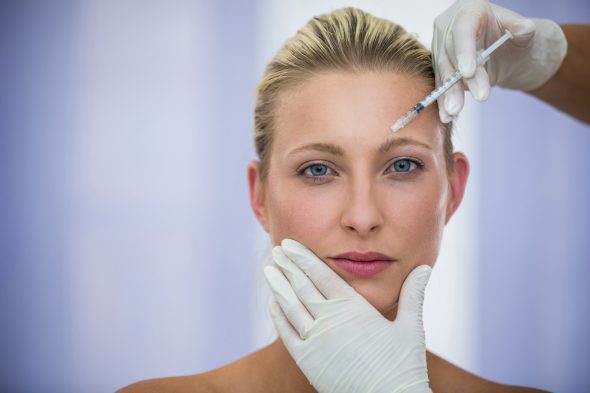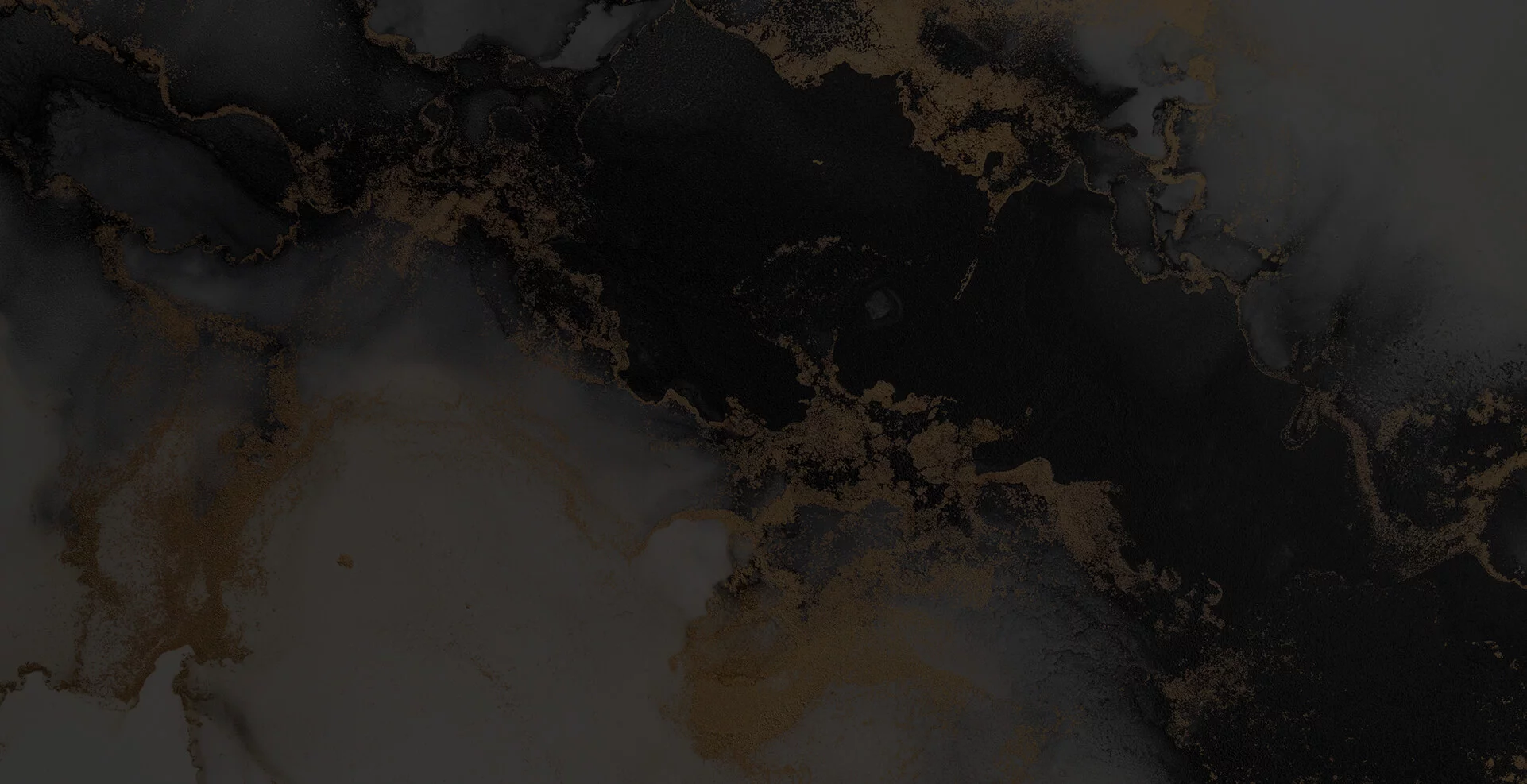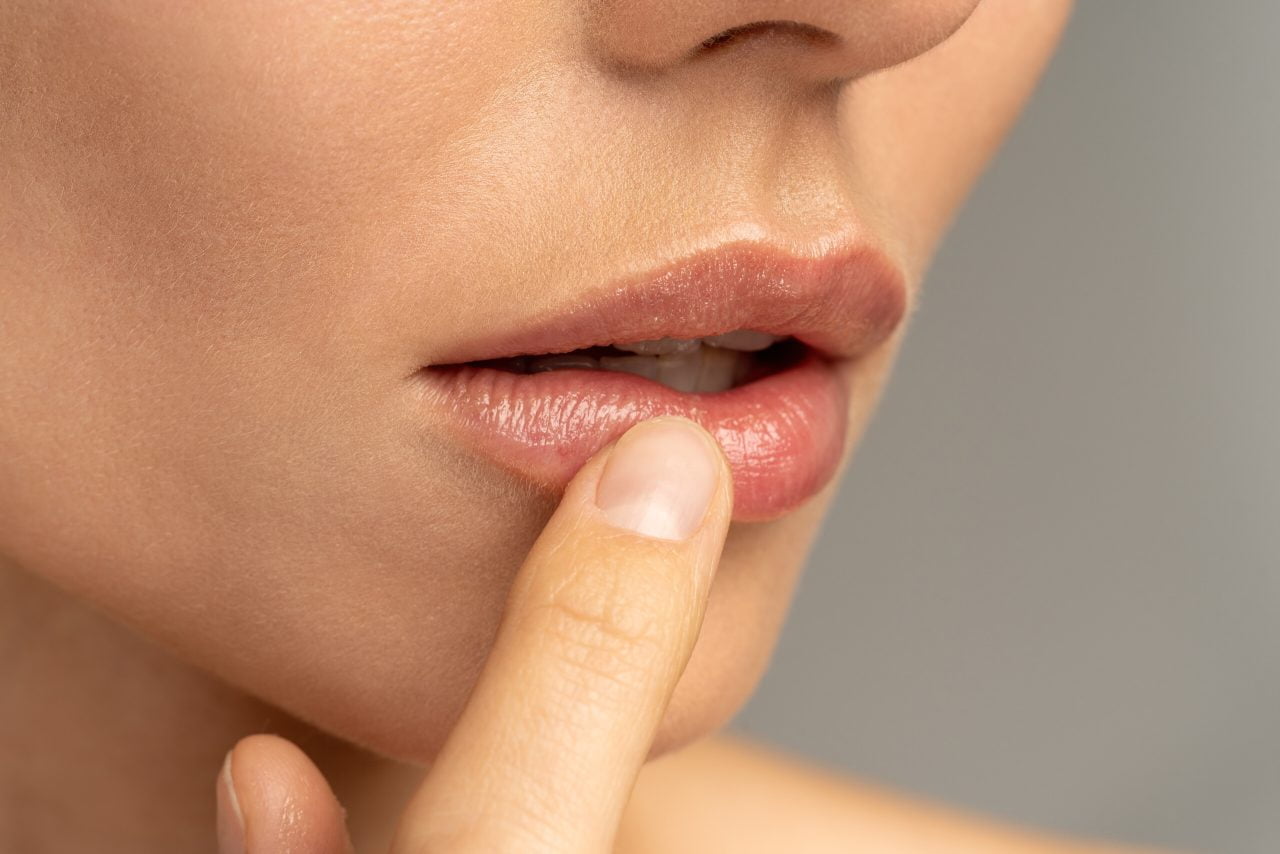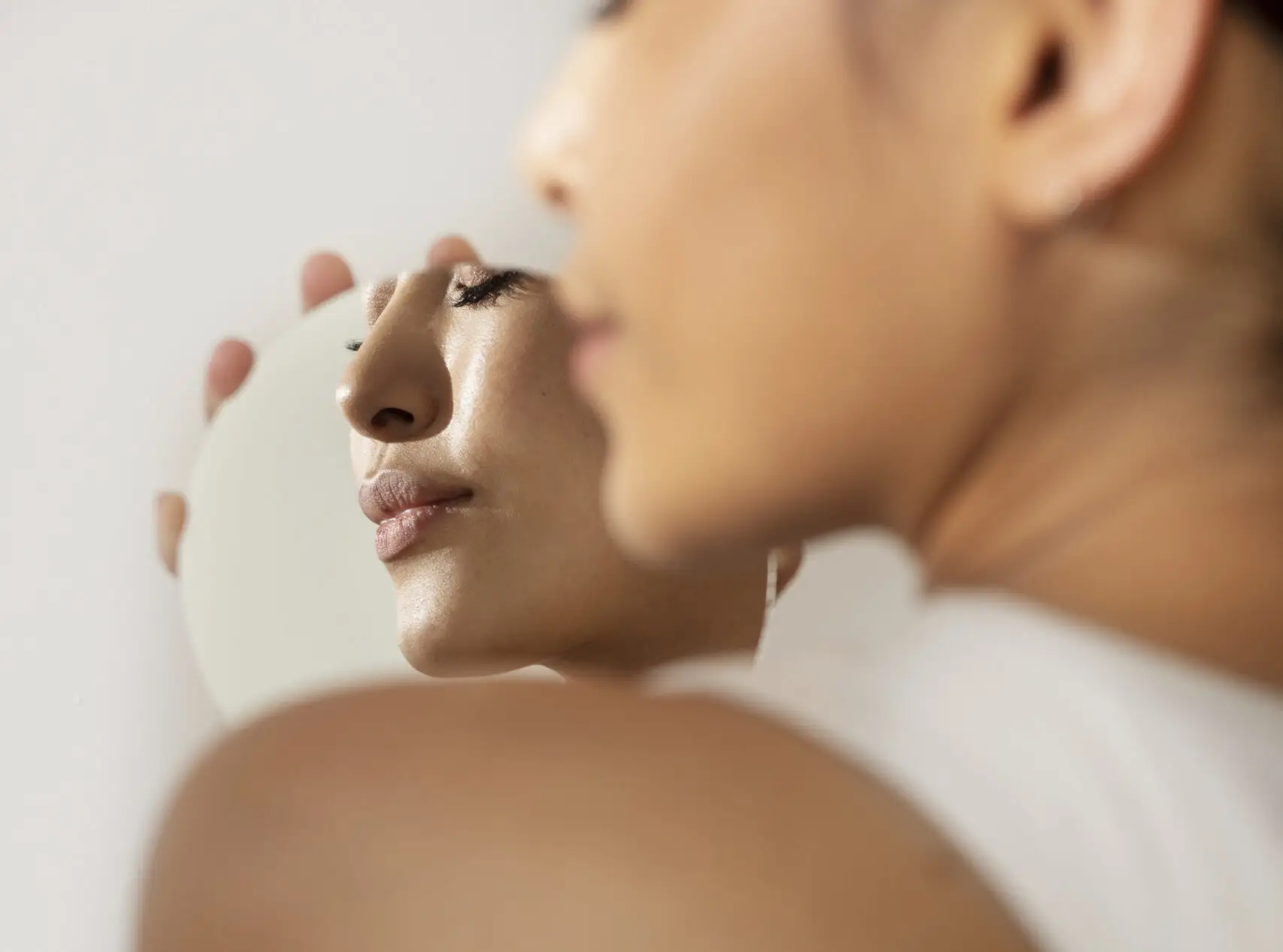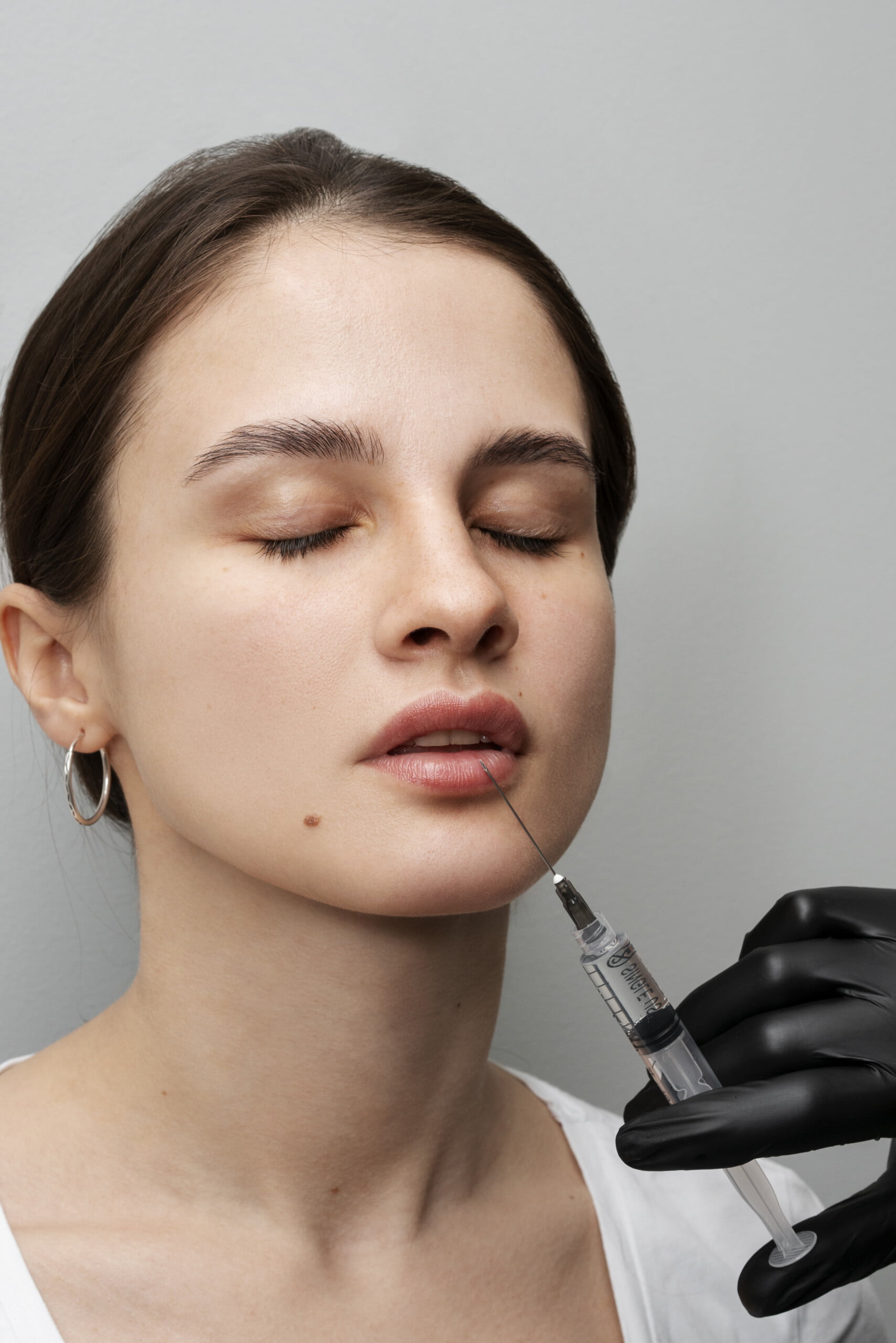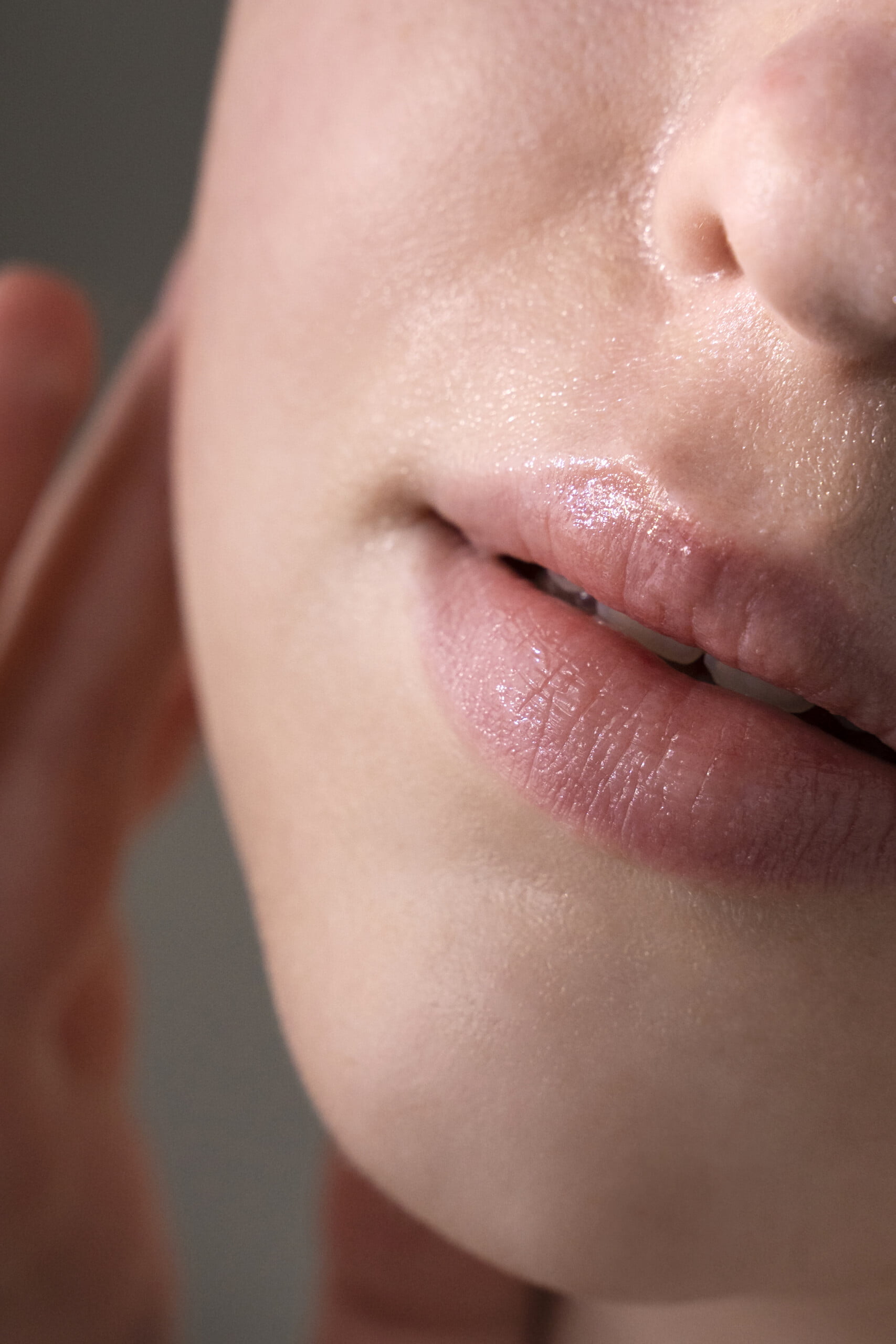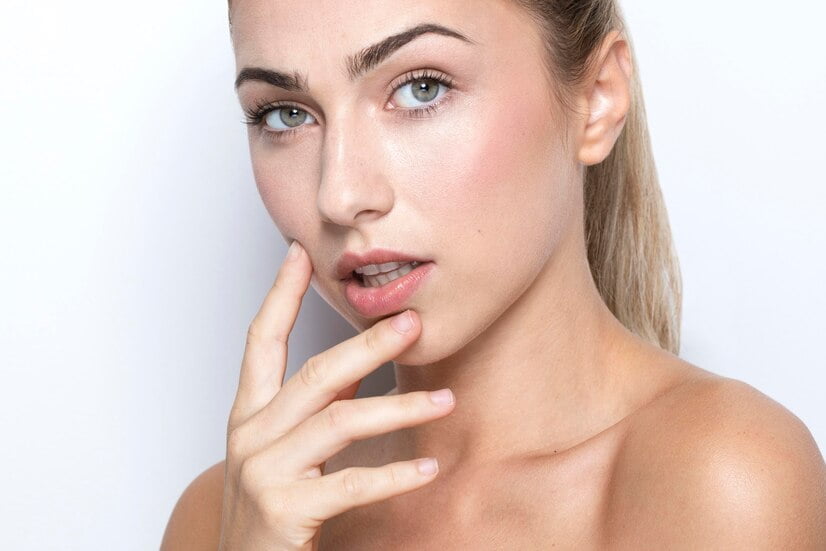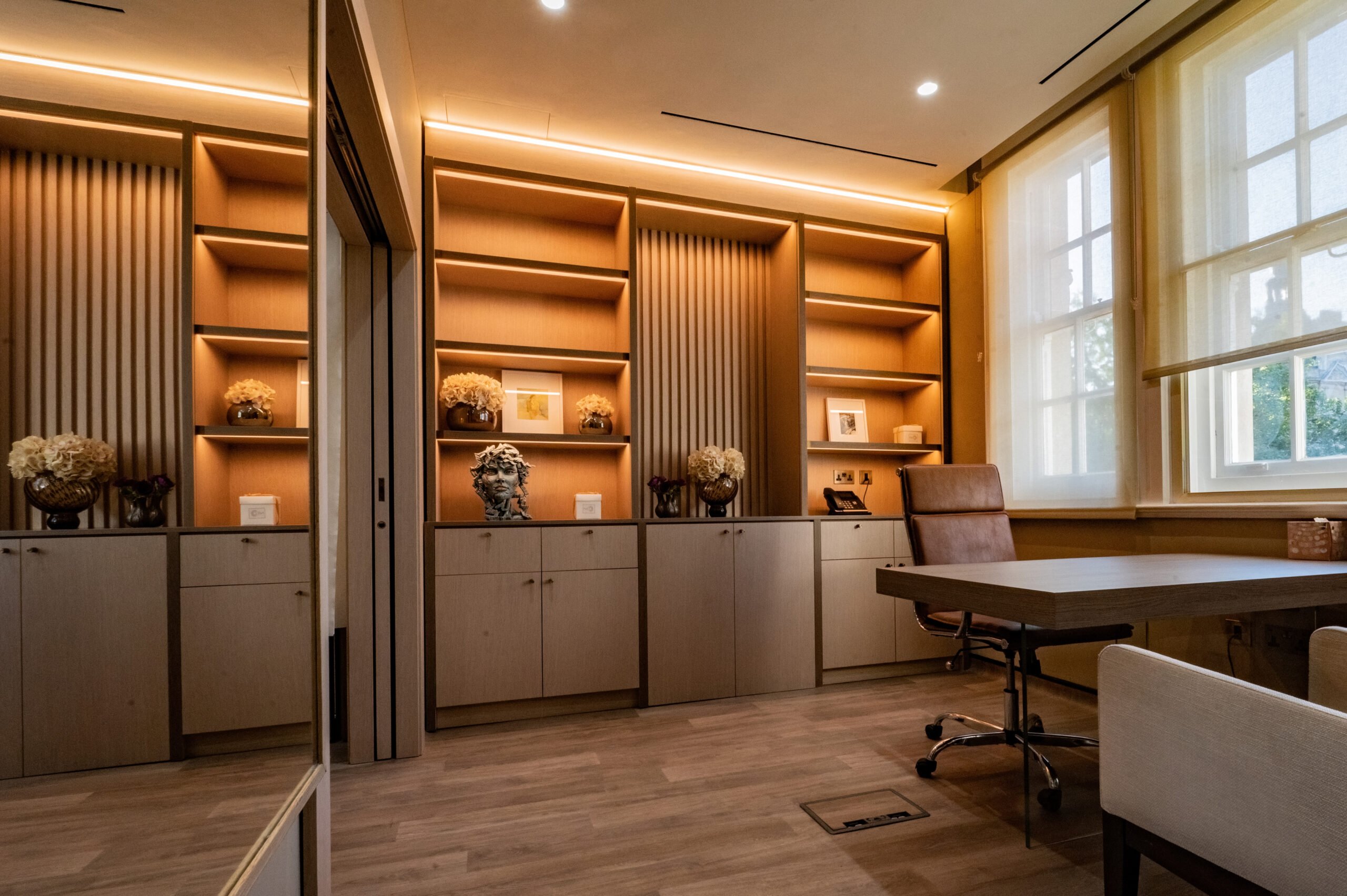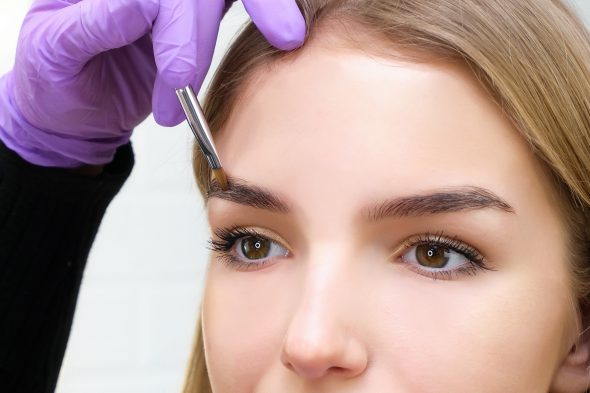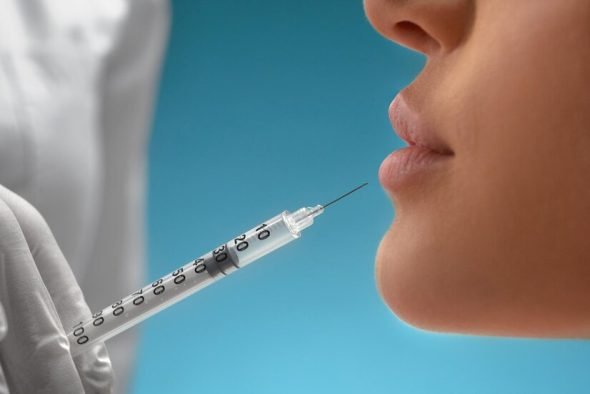Why Do Lips Bruise After Fillers?
Here at The Ezra Clinic, we understand that any cosmetic enhancement journey, including lip fillers, comes with its own set of queries and concerns.
One common question we encounter is about bruising after lip filler treatment. It’s perfectly natural to wonder about this aspect of recovery, and we’re here to shed light on what you can expect and why it happens.
Firstly, it’s important to acknowledge that the skin on our lips is distinctively more sensitive than other parts of our body. This sensitivity, combined with the dense blood flow and network of blood vessels in the lip area, makes bruising a common occurrence following lip filler procedures.
During lip filler treatment, substances such as hyaluronic acid are meticulously injected to enhance volume and shape. Despite the expertise and care of our practitioners, the nature of this injectable treatment means that some degree of bruising is inevitable. As gentle as it is, the repeated piercing of this delicate area can lead to bruising as your body’s natural response.
You might be wondering, “Will I bruise after lip fillers?” The straightforward answer is that while bruising is a normal part of the healing process, the extent can vary greatly from one individual to another.
How Long Does Lip Filler Swelling and Bruising Last?
Swelling and bruising after lip fillers are highly individual experiences, with the intensity and duration varying from one person to another. However, there is a general timeline you can anticipate for the healing process.
The Healing Timeline
Immediate to 2 Days Post-Treatment
It’s normal for swelling to be at its peak during the first 48 hours after your procedure. You may also notice bruising becoming more visible as any initial swelling begins to subside.
3 to 5 Days Post-Treatment
You’ll likely observe a significant improvement in swelling and bruising during these days. The swelling starts to decrease, and any bruising begins to fade, often changing colour as it heals.
1 to 2 Weeks Post-Treatment
Most swelling and bruising experienced should have resolved by this stage. Some minor swelling may linger, but it is not usually noticeable.
Beyond 2 Weeks
Any residual swelling and bruising is typically minimal and should continue to diminish daily. It’s rare for these symptoms to last beyond a couple of weeks, but if you experience prolonged symptoms, it’s important to contact The Ezra Clinic for further advice.
Remember, each day brings improvement, and following the previously outlined best practices and home remedies can significantly reduce the duration and intensity of your recovery. Understanding the natural course of swelling and bruising and the actions you can take to mitigate them is crucial in ensuring a comfortable and positive outcome.
How to Mitigate Swelling & Reduce Bruising Prior to Lip Filler Treatment
Preparing for your lip filler treatment involves more than just the appointment itself; it’s about taking proactive steps to ensure a smooth and comfortable experience.
- Avoid Blood-Thinning Medications and Supplements: Two weeks before treatment, avoid aspirin, NSAIDs, and supplements like vitamin E or garlic, which can slow clotting.
- Eliminate Alcohol Consumption: Skip alcohol for 24 hours before and after your treatment to reduce the risk of bruising.
- Apply Cold Therapy: Use ice packs before and after treatment to constrict blood vessels and reduce bruising risk.
- Avoid Vigorous Exercise: Refrain from intense workouts for 48 hours post-treatment to prevent increased blood flow and bruising.
Incorporating these simple yet effective strategies into your pre-treatment routine can significantly reduce the likelihood of swelling and bruising, setting the stage for a successful lip filler experience.
In Summary
Here’s a concise recap of what we’ve discussed!
Pre-Treatment Preparations
Before your lip filler treatment at The Ezra Clinic, take proactive steps to lower the risk of bruising and swelling. Avoid blood-thinning medications and supplements, eliminate alcohol consumption, consider Arnica supplements, apply cold therapy, and refrain from vigorous exercise.
During Treatment
Trust in the expertise of our practitioners at The Ezra Clinic as they administer your lip filler injections with precision and care. You can expect some swelling and bruising immediately following the treatment, a normal part of the healing process.
Post-Treatment Care
After your lip filler treatment, prioritise your recovery by following our recommended guidelines. Apply ice or cold packs to the injection sites, avoid strenuous exercise, and monitor your progress closely.
Recognising Potential Issues
While complications are rare, you must be aware of signs that your lip filler may not have gone as planned. Look out for unevenness, excessive swelling or bruising, lumps or bumps, persistent pain or discomfort, and changes in texture.
Seeking Assistance
If you experience any concerns or notice any of the symptoms mentioned above, don’t hesitate to contact The Ezra Clinic for assistance. Our team is here to address your needs and ensure your safety and satisfaction throughout your lip enhancement journey.
By staying informed, proactive, and vigilant, you can enjoy beautiful, natural-looking results from your lip filler treatment at The Ezra Clinic. Your journey to enhanced confidence and beauty is our priority, and we’re here to support you every step of the way.
